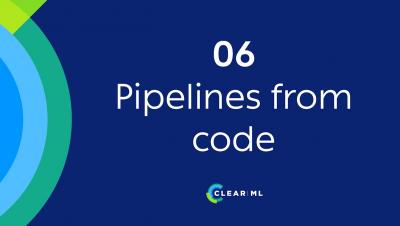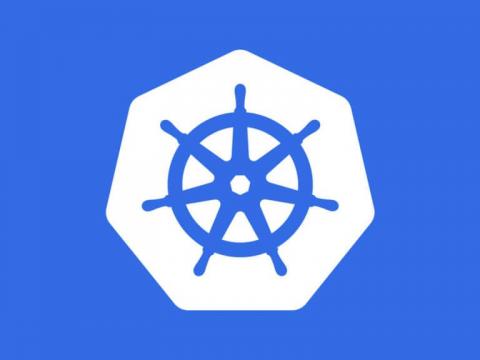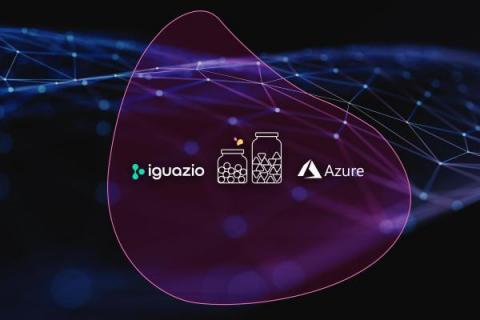Systems | Development | Analytics | API | Testing
Machine Learning
Orchestrating ML Pipelines at Scale with Kubeflow
Still waiting for ML training to be over? Tired of running experiments manually? Not sure how to reproduce results? Wasting too much of your time on devops and data wrangling? Spending lots of time tinkering around with data science is okay if you’re a hobbyist, but data science models are meant to be incorporated into real business applications. Businesses won’t invest in data science if they don’t see a positive ROI.
4 min Introduction to the Iguazio MLOps Platform
What Are Feature Stores and Why Are They Critical for Scaling Data Science?
A feature store provides a single pane of glass for sharing all available features across the organization. When a data scientist starts a new project, he or she can go to this catalog and easily find the features they are looking for. But a feature store is not only a data layer; it is also a data transformation service enabling users to manipulate raw data and store it as features ready to be used by any machine learning model.
Automating MLOps for Deep Learning: How to Operationalize DL With Minimal Effort
Operationalizing AI pipelines is notoriously complex. For deep learning applications, the challenge is even greater, due to the complexities of the types of data involved. Without a holistic view of the pipeline, operationalization can take months, and will require many data science and engineering resources. In this blog post, I'll show you how to move deep learning pipelines from the research environment to production, with minimal effort and without a single line of code.
Of Muffins and Machine Learning Models
While it is a little dated, one amusing example that has been the source of countless internet memes is the famous, “is this a chihuahua or a muffin?” classification problem. Figure 01: Is this a chihuahua or a muffin? In this example, the Machine Learning (ML) model struggles to differentiate between a chihuahua and a muffin.
Top 9 Machine Learning Events for 2022
Getting Started with Machine Learning
In recent years, Ethical AI has become an area of increased importance to organisations. Advances in the development and application of Machine Learning (ML) and Deep Learning (DL) algorithms, require greater care to ensure that the ethics embedded in previous rule-based systems are not lost. This has led to Ethical AI being an increasingly popular search term and the subject of many industry analyst reports and papers.
Choosing the Right Evaluation Metric
Is your model ready for production? It depends on how it’s measured. And measuring it with the right metric can unlock even better performance. Evaluating model performance is a vital step in building effective machine learning models. As you get started on Continual and start building models, understanding evaluation metrics helps to productionize the best performing model for your use case.
The Complete Guide to Using the Iguazio Feature Store with Azure ML - Part 4
Last time in this blog series, we provided an overview of how to leverage the Iguazio Feature Store with Azure ML in part 1. We built out a training workflow that leveraged Iguazio and Azure, trained several models via Azure's AutoML using the data from Iguazio's feature store in part 2. Finally, we downloaded the best models back to Iguazio and logged them using the experiment tracking hooks in part 3. In this final blog, we will.









